“The three most important words in differentiating your brand: focus, focus and focus.” -Marty Neumeier
Today’s winning brands aren’t playing it safe. They never say “that’s how we’ve always done it.” They know their brands are more — way more — than just a sleek logo or a cool website.
The brands who crush their competition are those who understand that strategic branding goes much deeper than pretty website visuals and responsive mobile design (as important as these things are to a user’s experience). Branding is layered, sculpted, tested, and a reflection of what your customer needs from you — not what you need from your customer.
Download Now: Free Brand Building Guide
To create a layered, brilliant and competition-killing brand, three things must align:
- Understanding of your brand (internal beliefs and communications)
- Understanding of your best potential audience(s)
- Understanding & differentiating from your competition
In this blog post, we’ll dig into the third point above.
To differentiate yourself from the competition in your industry, your brand must work with both an inbound and traditional mindset. Heads up: Those two concepts will come up in the product differentiation examples below. Now, what do these two things mean?
Inbound marketing has been positioned as the future of marketing, in that it pushes you to connect with your customers where they are and how they want to be talked to. Underneath, however, it’s simply a modern tool in an otherwise long and well-worn tool belt: Your success on Google, social media, email, and similar digital marketing channels depends on the tradition and cultural relevance your business was built on.
It’s your job to make that tradition easier, more fun, and better for your customers.
With that in mind, read on to learn how 10 brilliant companies are killing it when it comes to differentiating themselves from their competition.
Product Differentiation Examples
- LUSH
- Airstream
- Oscar Health Insurance
- T-Mobile
- Whole Foods
- Client Heartbeat
- Yoh
- Four Quadrants Advisory
- The Middle Finger Project
- INBOUND
1. LUSH
Top Competition: Sephora, BOMB Cosmetics, Etsy
Lush is unlike any other makeup brand on the marketplace. This cosmetics maker has international reach with a local “warm and fuzzy” approach that isn’t afraid to push the boundaries.
So, what makes LUSH so different from the likes of Sephora or even Etsy? Handmade products. Advocates of LUSH are committed to ethical buying, and are obsessed with the purity that comes from a handmade item. The company’s biggest success is knowing that its core buyers value social and corporate responsibility over a luxurious and out-of-reach image.
LUSH’s branding is simple and genuine, with great contrast between visuals that is simply not seen elsewhere. For that reason, the company has a massive brand-loyal following.
How they‘re doing it:
- Understands its customers — appeals to the girl who’s “had enough”and believes in what they believe
- Selfless with its products — offers free samples and in-store trials on nearly everything
- Not selling an image — the business is selling a viewpoint on how to define “beauty”
- Offers a one-of-a-kind retail experience like you’re walking into an Etsy store in real life
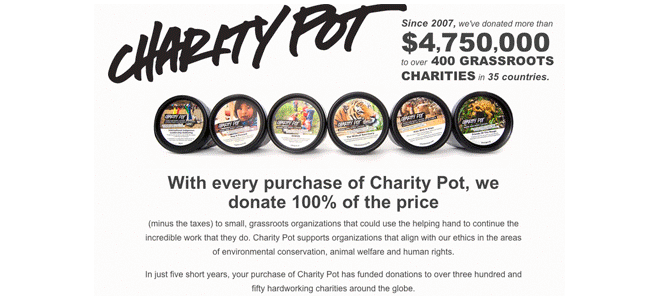
2. Airstream
Top Competition: Jayco, Winnebago, Fleetwood
Airstream is a cult classic — the company was founded in 1929 (if great marketing is a mix of inbound and tradition, there’s your tradition). As one of the most recognized RVs on the road, its sleek, silver cabin is an iconic image of cross-country road trips.
So what makes Airstream any different than Winnebago or Jayco? Like LUSH, it focuses on the intangible desires of its core customer. Airstream owners embrace the “retro”side of life, something other RV brands just don’t offer. What you get with an Airstream is exactly what you want to tout on the open road: a classic exterior with a modern interior. It’s a great blend of the past meets the future.
Airstream is simply a “silent” luxury. It doesn’t scream “I’m rich,” but definitely makes you feel like it from the inside. The company even partners with luxury brands like Mercedes Bens to maintain the sense of independence that “streamers” (the affectionate nickname of Airstream drivers) crave.
How they‘re doing it:
- Focus on quality, image and community — expensive, but rarely lose value, and built to last.
- Recently relaunched a new website and digital experience.
- Offers endless community and dealership events where you can sit in an Airstream to experience it yourself.
- Customer stories focused on Airstream experiences, with the tagline “Live Riveted.”

3. Oscar Health Insurance
Top Competition: New York Life, MetLife
Oscar Health Insurance prides itself on being insurance made friendly. For the layperson, healthcare is a fairly daunting subject. With that in mind, this brand sought to make medical coverage — a tradition for its core customer — personable and easy to understand.
But that’s not the only way Oscar Health Insurance uses simplicity to differentiate itself in the healthcare marketplace.
In prioritizing an inbound approach to its insurance offerings, Oscar Health Insurance designed a user experience (UX) into its website that allows customers to browse and learn about what they’re paying for, buy their desired plan, and customize it with a doctor who is in their insurance network — all from the Oscar Health website. This build-your-own-plan concept makes the company truly shine in its market.
How they‘re doing it:
- Uses bright visuals, large short copy, and a parallax scrolling site to make digesting information easy on desktop, mobile and tablet
- Focuses on a small, niche network just in New York
- The company is transparent in partnering with doctors, allowing you to customize your quote immediately
- Making customer-benefit promises like “Talk with our doctors for free, one will call you within the hour”
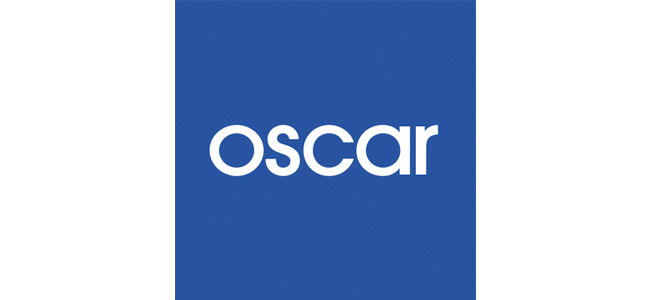
4. T-Mobile
Top Competition: AT&T, Verizon Wireless
T-Mobile is a cellular company that’s shedding what it means to be a cellular company.
Catering to a smaller, younger niche audience, T-Mobile finds its differentiation opportunity by targeting urban dwellers — those who don’t want to be tied down and “owned”by their cellular company. By listening and following the behaviors of their core customer, the business focuses on more attributes of its audience than competing companies — which, while perhaps larger, don’t seek to offer the personal connection T-Mobile has made with so many of its customers.
How they‘re doing it:
- Creates messaging that aims directly at customers biggest pain points and away from their biggest flaw — the size of their network
- Strong and unique color palette — Think pink!
- Paying early termination fees (ETFs) for its customers — the biggest hurdle for people when switching carriers
- Allowing customers to bring in unlocked phones to switch to T-Mobile
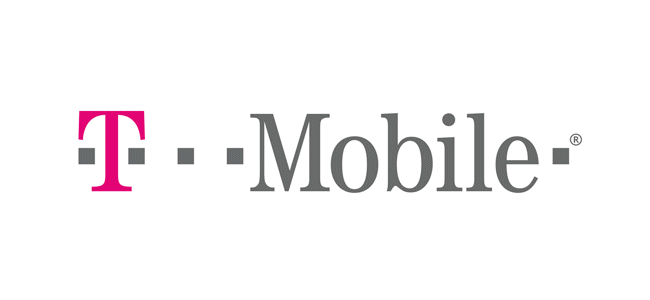
5. Whole Foods
Top Competition: Trader Joe’s, EarthFare, Fresh Market
Whole Foods goes beyond groceries — the company is one of content generators and thought leaders. You don’t often find them from a consumer packaged goods (CPGs) manufacturer.
So, what does content marketing and thought leadership do for Whole Foods customers? Better yet, what does it give people that they can’t get from Fresh Market or even Trader Joe’s?
Whole Foods mixes traditional CPG marketing with the content, storytelling, and digital experience of inbound marketing by showing shoppers why they buy the food they buy: a healthy, diverse, and “wholesome” selection. The company goes beyond the get-in-and-get-out experience of so many grocery stores today while still being a top-tier, large, national chain.
How they’re doing it:
- Shares ideas, generating meaningful content that isn’t boastful or sales-driven. The business understands what its customer is looking for
- Promotes a “greener” lifestyle — got rid of plastic bags in 2008
- Focuses on local stores, taking away that feeling of the big chain
- Bright, unique and cheerful store design that’s as easy to navigate as its website
- Partners with shows like Top Chef to promote their food
- Hosts events, runs multiple blogs and has an app — showing the future of grocery shopping
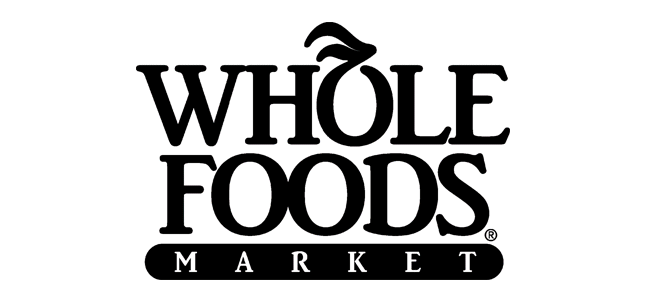
6. Client Heartbeat
Top Competition: SurveyMonkey, SurveyGizmo, FluidSurveys
This company makes customer service for other companies quick, easy and clean. But what makes them so special? Customer survey creation is a tradition in customer service operations. Client Heartbeat’s product offers a do-it-yourself experience for survey creation that integrates with consumer behavior. That’s the difference.
By making the process of survey creation more customizable, Client Heartbeat empowers a service team to gain access to critical data to make better business decisions for their end users.
Giving feedback is no longer a long drawn-out nuisance for a customer service or success team. This is a great example of where inbound is going — ease of use, perhaps even enjoyment by the employees creating their surveys.
How they’re doing it:
- Clean website design that allows you to see all the features
- Offers 21-day free trial
- Not a burden, overly priced, or extremely complicated like other survey design tools
- Transparent about process, tools and price
- More than just survey and customer feedback — allows you to compare with others in your industry
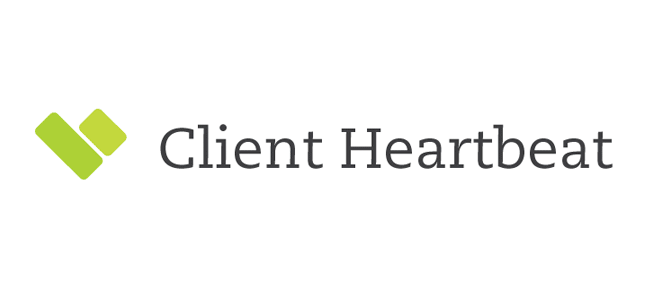
7. Yoh
Top Competition: Adecco, Kelly Services, Manpower
It’s one thing to sell a service, but it’s another thing to sell a message behind that service. Yoh embodies this difference in its recruitment product, which helps match tech companies with the right talent.
Yoh looks absolutely nothing like any other recruiting site (or company, for that matter). The company gives its customers — both recruiters and candidates, depending on the service they seek — the courage to steer away from generic, stuffy pictures and copy. This is critical when advertising yourself to a business or potential hire.
Yoh even makes learning about the company fun and engaging, showing that the company practices what it preaches. You could say the brand has a pulse.
How they’re doing it:
- Uses bold messaging that speaks to “you” and not about “we”
- Little to no industry jargon
- Consistent and striking brand look and feel
- Unique and contextual images that go beyond what they’re trying to define
- Original website design that is hyper visual
- Downloadable content and clear CTAs that drive interaction
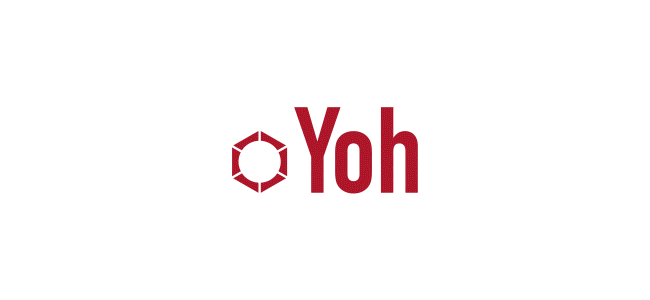
8. Four Quadrants Advisory
Top Competition: Hufford Advisors, Mercer, Lawson Financial Group
Every financial consultancy has a specific audience, but not many of them are dedicated to just one particular type of professional. Four Quadrants Advisory caters to a niche market and audience just for dental practices.
Customers call them the “Dental Guys.”
This company teaches us how you can go beyond numbers and become a trusted advisor by focusing deeply in one particular aspect of your clients. This takes away the “behind the practice” stress that dentists experience, offering them a consultancy with people who specialize in the same line of work.
How they’re doing it:
- Transparent about their process, laid out in a simple way filled with user-benefit statements
- Offers more than just financial planning, but practice and capital planning
- Empowers and reveals their team as thought leaders by allowing them to create valuable content for their website

9. The Middle Finger Project
Top Competition: Copyblogger, Content Marketing Institute, Mens with Pens
Sounds a bit profane, doesn’t it? Well, it’s perfect for the audience of the Middle Finger Project, a consultancy that reimagines copywriting and messaging.
Copywriting advisors like Copyblogger appeal to a broad audience, making the advice offered, as times, equally broad and generic. The Middle Finger Project, led by the ambitious Ash Ambirge, serves to make copywriting, freelancing, and content creation an exercise in creativity for women who are looking for their voice. In other words, Ash’s brand is as tenacious, fearless, and disruptive as the crafts her online courses teach.
Or, to be true to the brand name, “screw ‘business as usual’.”
How they’re doing it:
- Frequent email blasts “Just the Tip” that share a tactical nugget that isn’t sales-driven
- Places content over sales — the business values a bigger cause: going with your gut in writing
- Makes writing great copy a state of mind and a lifestyle within an organization
- Offer kits, classes, tools, and smart ideas for any business to use
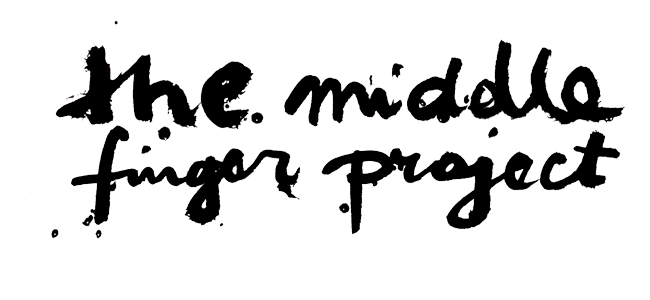
10. INBOUND
Top Competition: Content Marketing World, B2B Marketing Exchange
INBOUND is HubSpot’s annual marketing event, and perhaps its most differentiating factor is that it features both marketing and non-marketing speakers.
Think of it like the “TED talk” of marketing conferences — an approach that is not often seen in industry events like it throughout the year.
The event, which takes place every September in Boston, Mass., focuses on the current market and where inbound is going in the future. In my view, it’s not just a conference — it’s a source of inspiration for sales, marketing, and customer service professionals. The weeklong event is alive with music, networking, and all around friendly vibes (with a happy hour).
How they‘re doing it:
- Includes segments like personal inbound stories, HubSpot software deep dive and Q&A
- Shonda Rhimes, an award-winning executive producer; Dharmesh Shah, co-founder of HubSpot; and Lena Waithe, an Emmy-winning writer and actor, were some of INBOUND 2018’s keynote speakers
- Transparent about the agenda and focuses on what you’ll get as an attendee
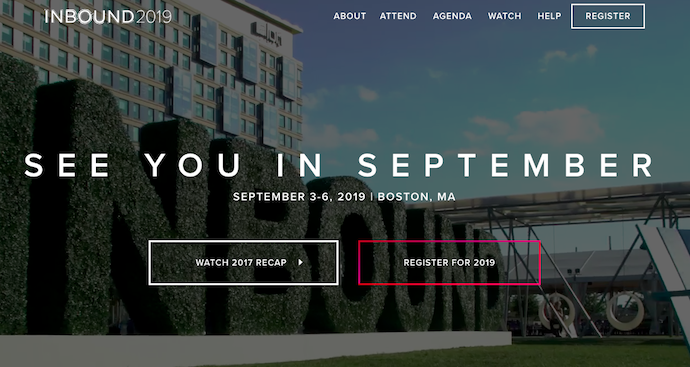
Even though a lot of these companies aren’t dominating the marketshare, trends in the marketplace are saying people, especially Amercians, are falling in love with small business all over again.
I’ll leave you with this: To truly have your brand be a category standout, you must never be afraid to make mistakes. Brands, just like people, learn and can recover when they fall down. The companies above are fearless. They’re brave. And that’s why they’re brilliant.